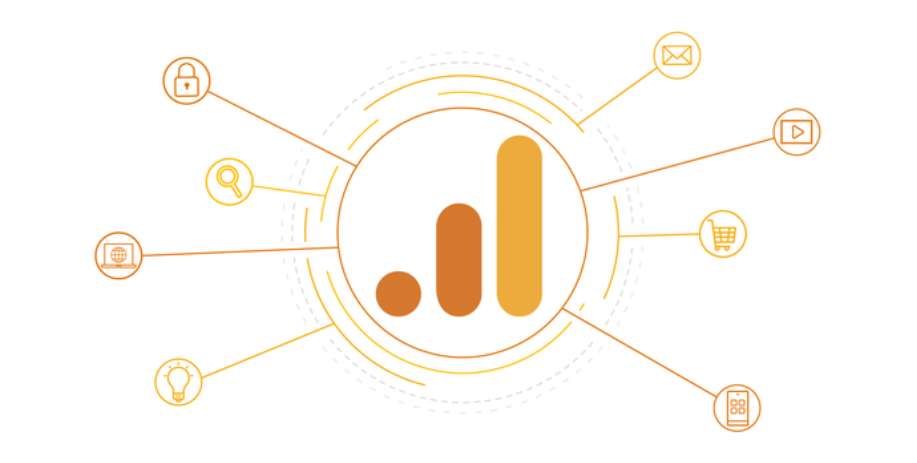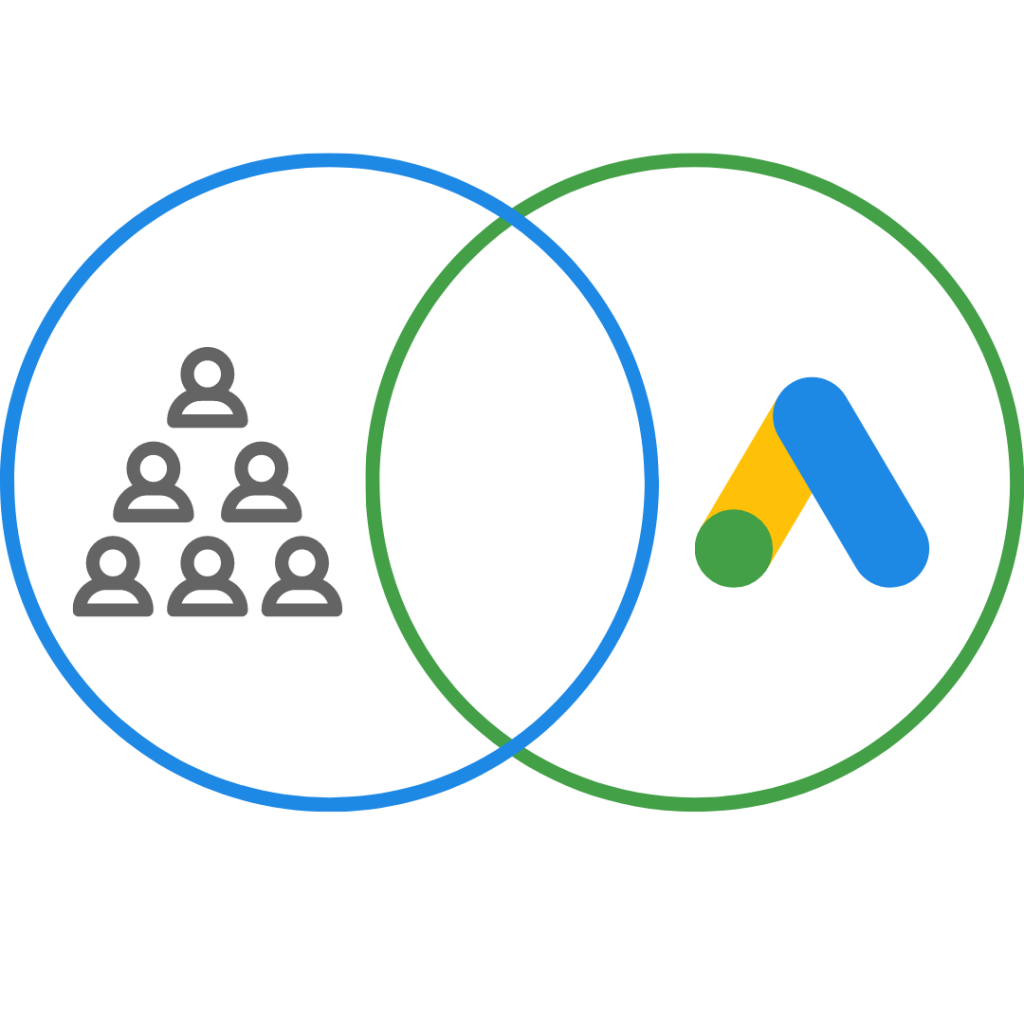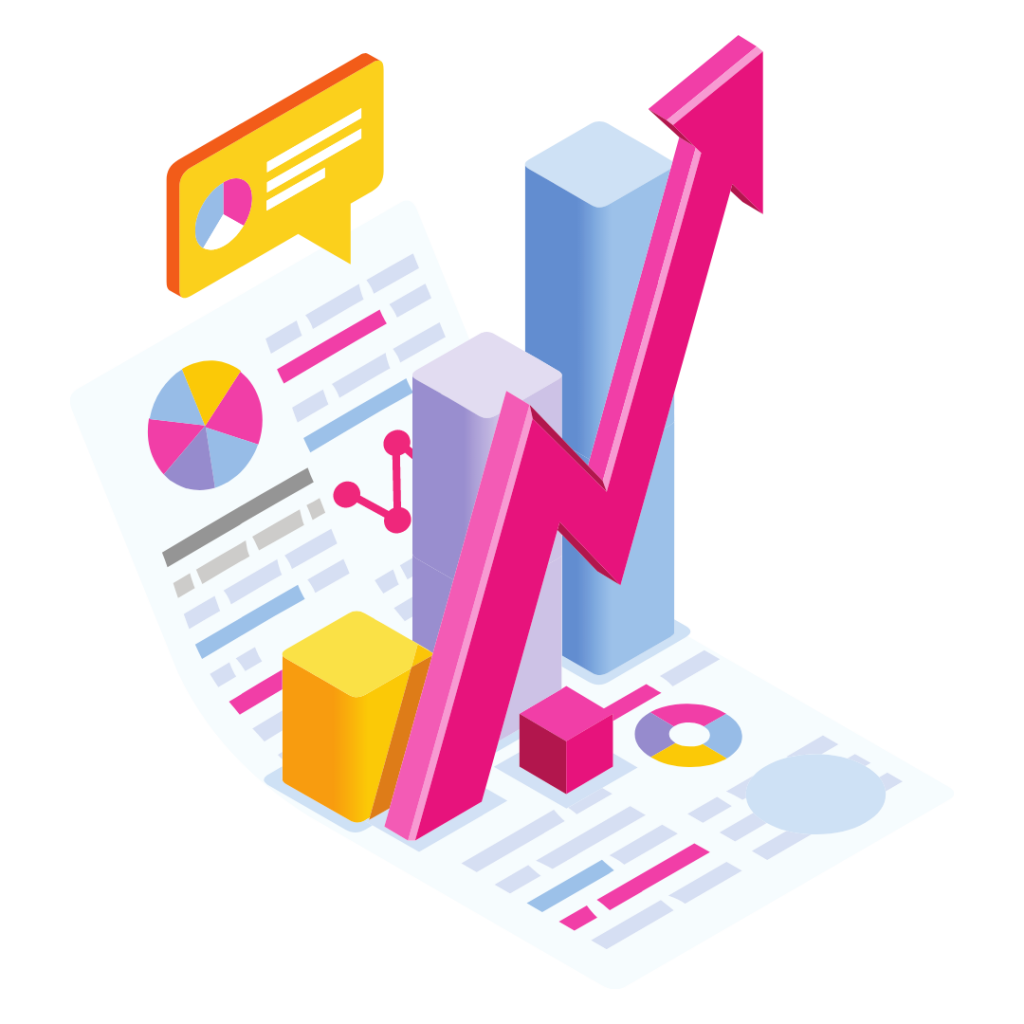
“If you’re not measuring, are you even marketing?” This is a question you’ll hear us say a lot because it’s one of the beauties of digital marketing. Unlike traditional marketing, digital marketing allows us to track almost everything from the first to the last click and further. Digital marketing agencies, like ours, use an assortment of tools to track campaign and website performance, one of these tools is Google Analytics. Google Analytics has always been a fantastic solution for website owners and agencies, providing great insight into performance right out of the box. Now, it’s important for us to note that out of the box doesn’t cover everything and some of the most important metrics only work once set up. It’s, therefore, very exciting to hear that Google will be launching a new version of Google Analytics, version 4!
From its humble beginnings in 2005, to becoming the most widely used analytics tool on the web, Google Analytics has come a long way. According to W3Tech, over 52% of all websites on the internet make use of Google Analytics as their tracking tool. That’s 10 times more than the next best-performing tracking tool option, Yandex Metrics.
Fast forward to 2020, and Google brings users an even better tracking experience with Google Analytics 4. Even better, Google Analytics 4 is already available for use as of October. With the launch comes a host of new features aimed at enhanced tracking and improved integration with Google Ads.
New Predictions and Insights powered by AI
While Google Analytics has been making use of Artificial Intelligence and machine learning for some time, Analytics 4 has taken it to new heights. With this new version, Analytics 4 can now effectively warn marketers of data trends such as surging demand for a particular product or service that they sell. In addition, this technology can be used to predict outcomes such as the potential revenue a business could earn from a particular segment of customers. In turn, these insights can help marketers anticipate possible actions their customers could take in the future and focus on higher-value audiences.
It’s a good idea to pause here for a second and think about that, what it could do for your business or your client - The ability to predict and get insights based on Google’s intelligence is remarkable and will no doubt assist in accelerating a number of companies. Although we use our own tools to handle these sorts of things, the amount of data that Google has is unprecedented.
Improved Audience Integration for Google Ads

Marketers can now build and maintain audiences based on their visitors from both the web and their app. If users qualified for an audience due to some specific interactions, and they were taken off the audience list due to an end result such as completing a purchase, the list would automatically be updated to remove those users who completed specific actions. Ultimately, this leads to increased budget optimisation for companies, as users won’t be retargeted after being removed from the list. For example, if a person makes a purchase, you wouldn’t want them on that list anymore, in fact, you’d want them in a “purchasers” list, not only for targeting and media reasons but so that you don’t bombard a person with the same creative or message.
Google Analytics 4 will also report on actions from YouTube engaged views that occurred both in-app as well as on the web. This is brilliant, up until now, most of the YouTube data has been from the web but with the millions of people watching videos via apps on their phones, this will be a wealth of information.
Expanded Codeless Event Tracking
Event tracking has been made that much easier for marketers to track and measure on-site and in-app actions such as video play or page scrolls. All this without the need to add code or set up event tracking in Google Tag Manager. We’ve been using Google Tag Manager aggressively for a number of years to increase our ability to track, knowing that more thought is going into this by Google is really exciting.
More Organised Reporting

Arguably one of the most significant changes between Analytics 4 and Universal Analytics is the way that reports are organised. The reports will now be organised around a customer’s lifecycle.
The new reports are designed to help marketers hone in on particular aspects of the customer journey. According to Russell Ketchum, Group Product Manager, Google Analytics, marketers can see which channels are driving new customers in their user acquisition report. Marketers can then make use of the engagement and retention reports to better understand the actions that these customers take, and whether or not they are sticking around after conversion.
Marketers also gain the advantage of having a more complete view of how customers are engaging with their businesses across devices and channels. In addition, marketers can provide their own user ID or they can enable Google Signals to duplicate users across devices from reporting and ad targeting.
Improved User Data Regulations
Analytics 4 now includes options to help advertisers comply with data regulations. Analytics 4 introduces a new mode called Consent Mode that is designed for websites that obtain end-user consent to collect analytics data. With this new mode, separate consent opt-ins for ads and analytics is provided.
With previous analytics versions, analytics saw customers exclude analytics wholesale, which meant that Analytics provided little to no value to those customers who chose to exclude wholesale.
In addition, capabilities to delete data are also removed, which in turn enables businesses to comply with deletion requests from users, without the need to remove more data than is necessary. A preview mode will also be included with these features for businesses who want to verify the data they are about to remove.
A future without Cookies
With third-party cookies being phased out, it is anticipated that data sparsity will become the new norm. As a result, event data will be available without necessarily having a user identified associated with it. In a cookieless future, there will be gaps in data altogether, and this will be true for all measurement providers. Though this may be true, and certainly in our future, Google Analytics is looking to machine learning that will support various modes of analysis in Google Analytics.
Third-party cookies, also referred to as tracking cookies, are cookies created by parties other than the website that a user is currently visiting. These include providers of advertising, retargeting, analytics and tracking services.
For example, when you visit a website, a cookie is created and stored on your computer. These are known as first-party cookies. Because websites use online ads to monetise their content, the ads that you see on those websites also create and store cookies on your computer. These cookies that are stored as a result of the ads on the website you are visiting are known as third-party cookies.
These third-party trackers can also track a user’s behaviour such as the things they click on when visiting a website. The trackers create third-party cookies that enable them to display ads to the user when they visit different websites.
Summary
With Google Analytics 4, marketers and business owners will have a more complete cross-channel view of the customer lifecycle. The information provided can be put to use with predictive marketing features that provide marketers with more information and efficient means to act on those insights.
We’re incredibly excited about this!
